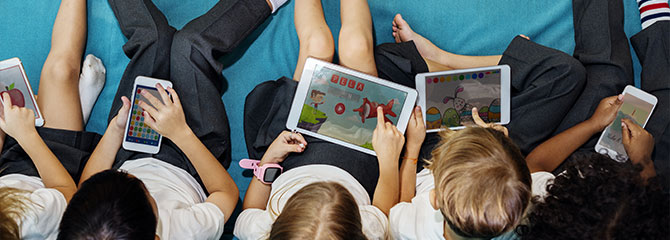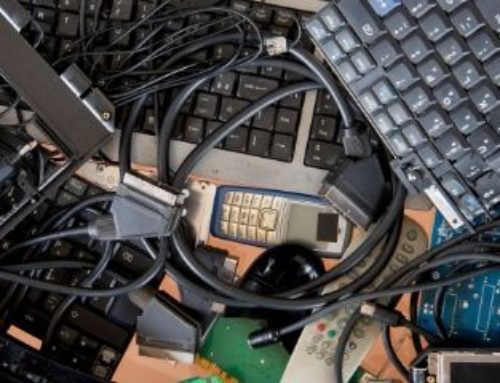[fusion_builder_container hundred_percent=”no” equal_height_columns=”no” menu_anchor=”” hide_on_mobile=”small-visibility,medium-visibility,large-visibility” class=”” id=”” background_color=”” background_image=”” background_position=”center center” background_repeat=”no-repeat” fade=”no” background_parallax=”none” parallax_speed=”0.3″ video_mp4=”” video_webm=”” video_ogv=”” video_url=”” video_aspect_ratio=”16:9″ video_loop=”yes” video_mute=”yes” overlay_color=”” video_preview_image=”” border_size=”” border_color=”” border_style=”solid” padding_top=”” padding_bottom=”” padding_left=”” padding_right=””][fusion_builder_row][fusion_builder_column type=”1_1″ layout=”1_1″ background_position=”left top” background_color=”” border_size=”” border_color=”” border_style=”solid” border_position=”all” spacing=”yes” background_image=”” background_repeat=”no-repeat” padding_top=”” padding_right=”” padding_bottom=”” padding_left=”” margin_top=”0px” margin_bottom=”0px” class=”” id=”” animation_type=”” animation_speed=”0.3″ animation_direction=”left” hide_on_mobile=”small-visibility,medium-visibility,large-visibility” center_content=”no” last=”no” min_height=”” hover_type=”none” link=””][fusion_text columns=”” column_min_width=”” column_spacing=”” rule_style=”default” rule_size=”” rule_color=”” hide_on_mobile=”small-visibility,medium-visibility,large-visibility” class=”” id=”” animation_type=”” animation_direction=”left” animation_speed=”0.3″ animation_offset=””]
What is BYOD?
We know that tablets and laptops are a part of a teenager’s life. Some schools have banks of tablets and laptops that are readily available to be used for a few classrooms. However, these schools are few and far between.
Many schools can’t afford that much technology in one classroom. Schools have to be convinced that this investment is worth it. That’s why we’ve written this article to help you make your choice and work with us to provide your students with their own devices.
BYOD stands for “Bring Your Own Device”. A trend in the professional world but also gaining a lot of popularity in many schools. The concept is simple; to create a 1:1 classroom where students can bring and use their choice of technological devices in the classroom. A ‘bring your own device to school’ policy can be a real advantage to both student and school.
Benefits of BYOD
-
Your students know the device
Some students have a hard time getting to know other devices; their operating systems and how they work. In this case, students can use the device they use at home and are comfortable using it which increases their overall focus.
-
Technology has so many possibilities
Devices nowadays are so much more than what they used to be even five years ago. Many students phones can handle so many more processes and data input/output that even a budget phone can access many websites, apps or programs that they could download.
-
It’s cost effective
Of course, this is a main reason to consider BYOD. However, it is a good way for the school to save money on technology. When you add up the costs, you quickly realise that you can save a lot of money. Schools only need to concentrate on the students who need the funding.
-
Learning outside the classroom
Students can take their learning outside of school hours. No longer do they need to haul bags around with them; one device and that’s all they need. With all the features, apps, websites and possibilities; learning suddenly becomes more engaging and fun.
-
Respecting devices
Students will value the device they use because they are the ones who will have to replace it. They will care for them more because they are their own devices and respecting devices is actually preparing the students a lot for their futures. A little bit more responsibility at a younger age.
What are drawbacks of BYOD?
-
Students without devices
BYOD is great if everyone has a device. Not all students can bring them to school and some parents may not approve or have the budget. Make sure you aren’t excluding a student and provide a device for those students by using our leasing services.
-
Teacher training
What about the teacher who struggles with technology? Consider providing training by your IT team and/or IT department to all staff in your school. It doesn’t take long for all to be trained and it will change their workload in the long run.
-
Different devices
This is an important disadvantage, as it is hard to enforce which kind of device to bring or buy. Everyone will have a preference and sometimes applications or software aren’t available on some devices. Many schools tend to specify a device such as Chromebook, iPad etc. For a bring your own device to school policy to work, everyone needs to have access to the same learning materials.
-
School infrastructure
Is the school infrastructure ready for all of these devices to connect to the network? All of this can overload a wireless network. Make sure your network is ready by speaking to your IT staff and setting this up beforehand.
Are we ready to have a ‘bring your own device to school’ policy?
Before you are ready to dive into BYOD, you should really ask yourself some important questions. Is it for you? Are your staff ready for a new way of working? Here is a list of questions we can help answer for you:
-
When can students use their own devices?
Well, when a member of staff asks them to. Ideally, a policy will be written for this and/or behaviour policy restructure based on the BYOD change. Which devices are allowed? Social media? Which apps do you want to ban or not allow?
-
Are my students ready for the responsibility?
Make some room for your curriculum for teaching students about the responsibilities. However, consider digital citizenship such as e-Safety, citation, copyright, information privacy, search strategies and rules for online discussion and social media.
-
What procedures could we use?
Well, since it opens a range of classroom management issues. If you haven’t noticed yet, more rules! Include a sign that means a raised hand means all devices down, different colours on a PowerPoint slide etc. These are easy to follow and all students would be required to follow them.
-
How will it impact teaching?
We feel that it a Bring Your Own Device policy may enhance teaching and not replace it. If you look at your curriculum to see where the device may come in handy, plan it in and allow students to use it. The goal isn’t to teach children how to use their tablets, phones or laptops but to use them as a medium to get to the information they need and the teaching you provide.
-
How do we inform parents? What is their role?
The device is owned by the student. This means that it is repaired, maintained and managed by student or parents. Communication is important so make a plan to keep parents informed and updated about their child’s learning.
How can Maxxia help?
We can help support your BYOD initiative with our student leasing scheme – you can read more about this and watch a short video here.
Schools choose us because we are cost effective, compliant with operating leases, provide transparent rental agreements with payment terms and sustainable. We are compliant with Government directives. Click here for more information.
[/fusion_text][/fusion_builder_column][/fusion_builder_row][/fusion_builder_container]








Technology today is far superior to even only five years ago. These days, even a low-end smartphone can access many of the websites, apps, and programs that kids could download before.
fart